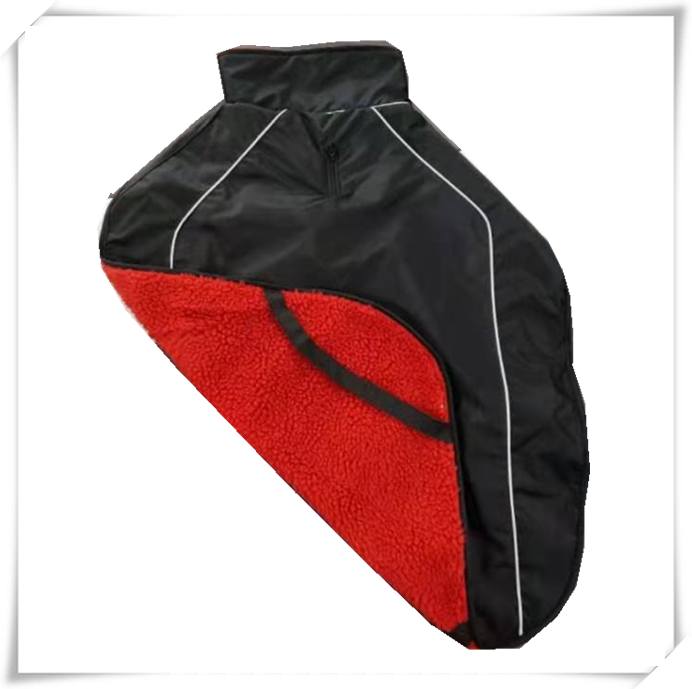During the summer, high temperatures, humidity, and frequent rainfall create ideal conditions for the occurrence and spread of vegetable seedling diseases. This can severely affect summer seedlings such as tomatoes, green peppers, and eggplants. To grow healthy and strong seedlings, it's essential to focus on four key areas:
First, prepare a suitable seedbed. Choose a raised area with well-drained, loose, and fertile soil. Use disease-free new soil or garden soil that hasn't been used for growing solanaceous crops (like eggplants) in the past 2-3 years. Make sure all base fertilizers are fully decomposed, and the seedbed soil is nutrient-rich. Seeds should also be disinfected before sowing.
Before planting, treat the seeds using methods like hot water soaking or chemical seed dressing, especially to prevent viral and bacterial infections. After disinfection, soak the seeds in clean water, wrap them in a damp cloth, and let them germinate under proper temperature and humidity conditions until they turn white. About 5 to 7 days before sowing, water the seedbeds lightly. Sow the seeds evenly, avoiding overcrowding, which can lead to weak, leggy seedlings. After sowing, cover the seeds with about 1 cm of soil and water gently to keep the bed moist. If the seedlings have trouble breaking through the soil crust, mist them with water or sprinkle some moist fine soil to help them emerge.
Once the seeds germinate, manage the seedlings carefully. Remove weeds promptly and provide shade during intense midday sunlight. Ensure good ventilation to avoid excessive moisture. Avoid applying nitrogen-rich fertilizers, as this can cause the stems to become weak and prone to lodging. Keep the seedbed consistently moist, but not waterlogged. After heavy rains, drain excess water immediately to prevent root rot.
For disease and pest control, common issues in solanaceous seedlings include damping-off, blight, virus diseases, and gray mold, while pests like aphids, whiteflies, and cutworms are also common. At the early stage of seedlings, you can spray 75% chlorothalonil diluted at 1000 times or 65% mancozeb at 1000 times. Apply the spray every 7–10 days, repeating 1–2 times. If aphids or whiteflies appear, use appropriate insecticides. For underground pests like cutworms, apply bait mixed with insecticides to trap them effectively.
By following these practices, you can significantly improve the health and survival rate of your summer seedlings, leading to better crop yields in the long run.
We are the supplier for dog dry robes, Pet clothes supplier, Waterproof dog robe supplier, Recycled dog robe poncho with hood, Dog dry robes. When cold weather, we go out with our dogs. We can help our dog wear a winter jacket, which is waterproof and warm.
We support customized logo and design. Welcome to discuss more details with us.



Dog Robes,Dog Robe,Waterproof Dog Robe,Recycled Dog Robe Poncho With Hood
Suzhou Golden Gamrnet MFG Co.,Ltd , https://www.svchangerobe.com